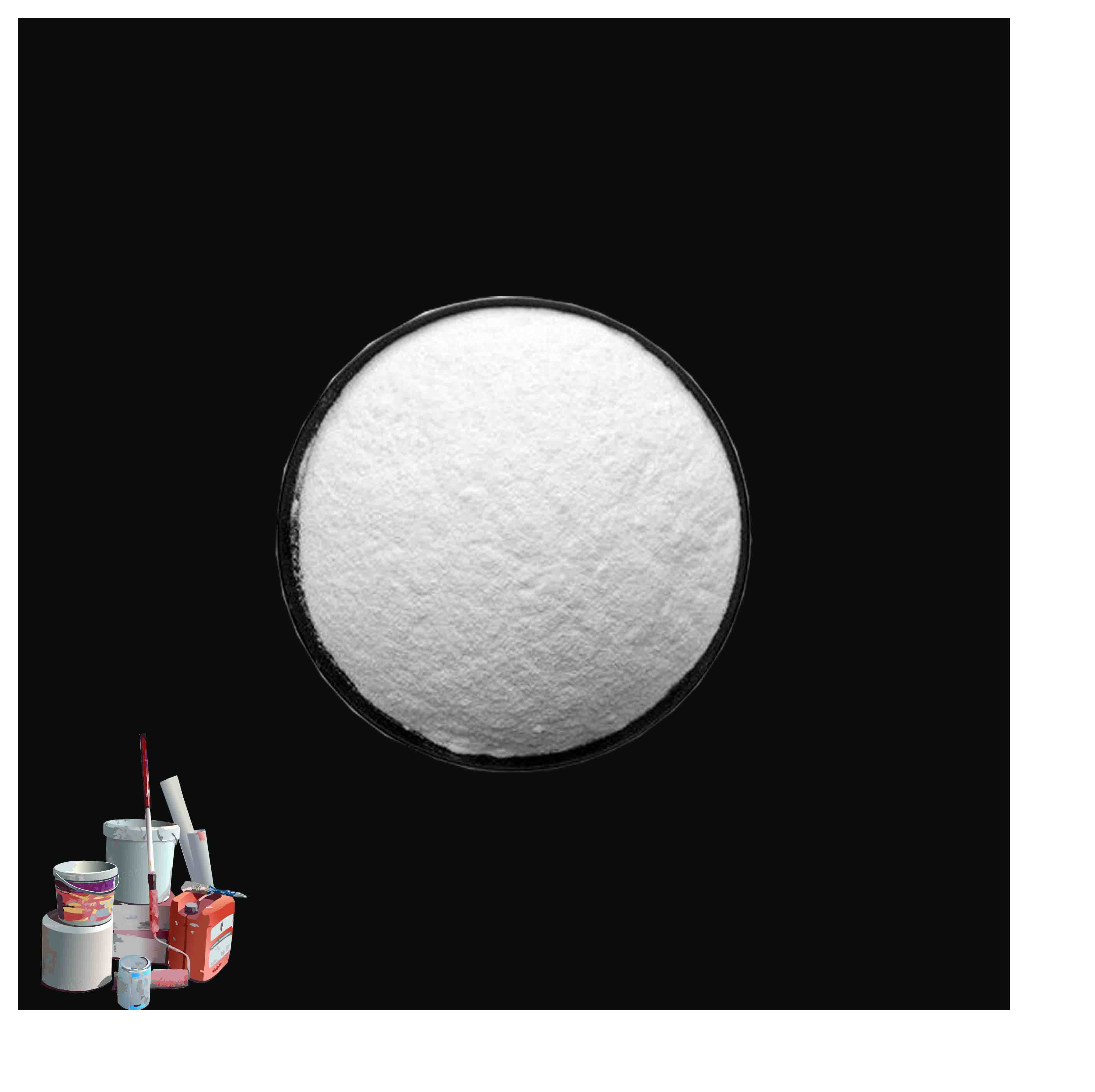
Dez . 11, 2024 10:02 Back to list
The Synthesis and Applications of Titanium Dioxide in Modern Industries
The Formation of Titanium Dioxide A Comprehensive Overview
Titanium dioxide (TiO₂) is a versatile compound that has gained significant attention in various industries due to its unique properties and applications. Found primarily in nature as the minerals rutile, anatase, and brookite, titanium dioxide plays a crucial role in various fields ranging from pigments to photocatalysis. This article delves into the formation of titanium dioxide, exploring its natural occurrence, synthetic methods, and properties that enable its wide-ranging applications.
Natural Occurrence
In nature, titanium dioxide primarily exists in three crystalline forms rutile, anatase, and brookite. Rutile is the most stable and common form, characterized by its high refractive index and excellent light-scattering properties. Anatase, although less stable, is preferred in certain applications due to its favorable photocatalytic activity. Brookite, the least common of the three, possesses unique properties that make it beneficial for specific niche applications. The formation of these minerals typically occurs through geological processes such as igneous activity, metamorphism, and sedimentation, resulting in deposits that are mined for commercial production.
Synthetic Methods
While natural forms of titanium dioxide are significant, much of the titanium dioxide used industrially is produced through synthetic processes. The two primary methods for synthesizing titanium dioxide are the sulfate process and the chloride process.
1. Sulfate Process This method involves treating titanium-bearing minerals with sulfuric acid, resulting in the formation of titanium sulfate. Upon hydrolysis, titanium dioxide is precipitated out. The sulfate process is well-established and allows for the production of high-purity titanium dioxide. However, it generates a significant amount of waste, making its environmental impact a concern.
formation of titanium dioxide

2. Chloride Process In contrast, the chloride process offers a more environmentally friendly alternative. In this method, titanium ore is reacted with chlorine gas at high temperatures to produce titanium tetrachloride (TiCl₄). This compound is then oxidized, yielding titanium dioxide. The chloride process is known for producing titanium dioxide with controlled particle size and morphology, which can be essential for specific applications.
Properties and Applications
Titanium dioxide possesses an array of properties that make it highly desirable in numerous applications. One of its most notable characteristics is its exceptional whiteness and brightness, which makes it a favored white pigment in paints, coatings, plastics, and papers. The compound’s high refractive index contributes to its effectiveness as a whitener and opacifier, allowing it to scatter light efficiently.
Furthermore, titanium dioxide is renowned for its photocatalytic properties. When exposed to ultraviolet (UV) light, it generates reactive oxygen species that can decompose organic pollutants and harmful microorganisms. This characteristic has led to its use in self-cleaning surfaces, air purification, and water treatment applications. The photocatalytic activity of titanium dioxide has also been harnessed in the development of solar energy technologies, where it plays a role in enhancing the efficiency of solar cells.
In the field of biomedical applications, titanium dioxide nanoparticles are investigated for their antimicrobial properties and ability to promote cell growth, making them suitable candidates for use in medical implants and drug delivery systems.
Conclusion
The formation of titanium dioxide, whether through natural processes or synthetic methods, illustrates a remarkable intersection of geology, chemistry, and material science. Its diverse forms and properties enable its extensive use across various industries. As research continues into effective and sustainable production methods, titanium dioxide is poised to play an even more significant role in future technological advancements, particularly in environmental applications and energy sustainability. Its combination of efficacy, safety, and versatility solidifies titanium dioxide's importance in both current and emerging innovations. Whether utilized in everyday applications or cutting-edge research, titanium dioxide remains a compound of immense value.
-
High Quality China Black Iron Oxide Powder Supplier Competitive Price & Fast Delivery
NewsJul.08,2025
-
High Quality Titanium Dioxide Used in Rubber – Trusted Supplier & Factory Price
NewsJul.08,2025
-
High Purity Barium Sulfate Particle Size - Wholesale Manufacturer from China
NewsJul.07,2025
-
Premium Titanium Dioxide Lomon R-996 Supplier – Quality & Wholesale Price from China
NewsJul.07,2025
-
Top Titanium Manufacturers in China - Quality Titanium Dioxide Supplier & Production Line Solutions
NewsJul.06,2025
-
OEM Titanium White Supplier & Factory – High Purity, Consistent Quality for Industrial Use
NewsJul.06,2025
